Ikea mug with blue, orange and yellow design, made in Thailand. Item 15199: 82 ppm Lead + 41 ppm Antimony.
2020 | Ceramic Mug | Ceramic Mugs | Ikea | Ikea Dishes | Ikea Mug | Ikea Mugs | Mariya | Mug | Mugs

 When tested with an XRF instrument this mug had the following readings:
When tested with an XRF instrument this mug had the following readings:
#1.) on the plain white glazed components of the mug
- Barium (Ba): 2,399 +/- 492 ppm
- Zinc (Zn): 21,100 +/- 900 ppm
- Iron (Fe): 321 +/- 112 ppm
- Bismuth (Bi): 147 +/- 56 ppm
- Titanium (Ti): 134 +/- 76 ppm
#2.) on the blue & yellow center of the flower
- Lead (Pb): 58 +/- 20 ppm
- Barium (Ba): 138 +/- 55 ppm
- Chromium (Cr): 2,245 +/- 190 ppm
- Antimony (Sb): 41 +/- 21 ppm
- Zinc (Zn): 28,500 +/- 900 ppm
- Copper (Cu): 308 +/- 60 ppm
- Iron (Fe): 799 +/- 190 ppm
- Vanadium (V): 789 +/- 114 ppm
- Titanium (Ti): 11,000 +/- 600 ppm
#3.) on the orange and yellow glazed components
- Lead (Pb): 82 +/- 32 ppm
- Barium (Ba): 128 +/- 83 ppm
- Zinc (Zn): 31,100 +/- 1,400 ppm
- Copper (Cu): 491 +/- 99 ppm
- Iron (Fe): 7,308 +/- 642 ppm
#4.) on the blue glazed components
- Barium (Ba): 3,231 +/- 380 ppm
- Chromium (Cr): 1,495 +/- 75 ppm
- Zinc (Zn): 19,100 +/- 600 ppm
- Nickel (Ni): 83 +/- 36 ppm
- Iron (Fe): 460 +/- 99 ppm
- Bismuth (Bi): 93 +/- 37 ppm
Some additional reading that may be of interest:
- More Ikea items I have tested – link
- More Ikea mugs I have tested – link
- More mugs (from all brands and countries of origin) that I have tested – link
- Some background on the testing I do that is reported on this blog – link
Thank you for reading and for sharing my posts. Please let me know if you have any additional questions.
Tamara Rubin
#LeadSafeMama
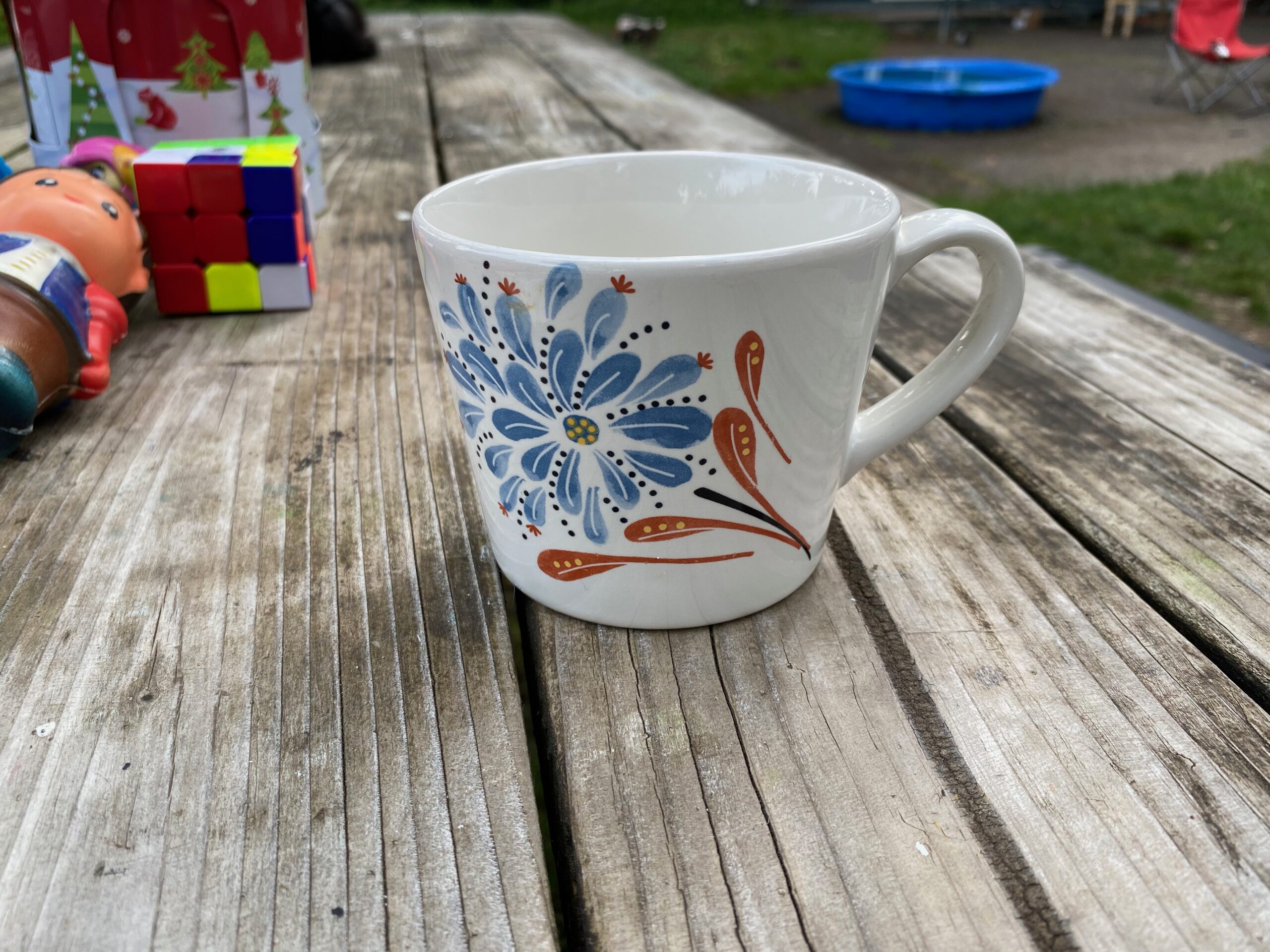
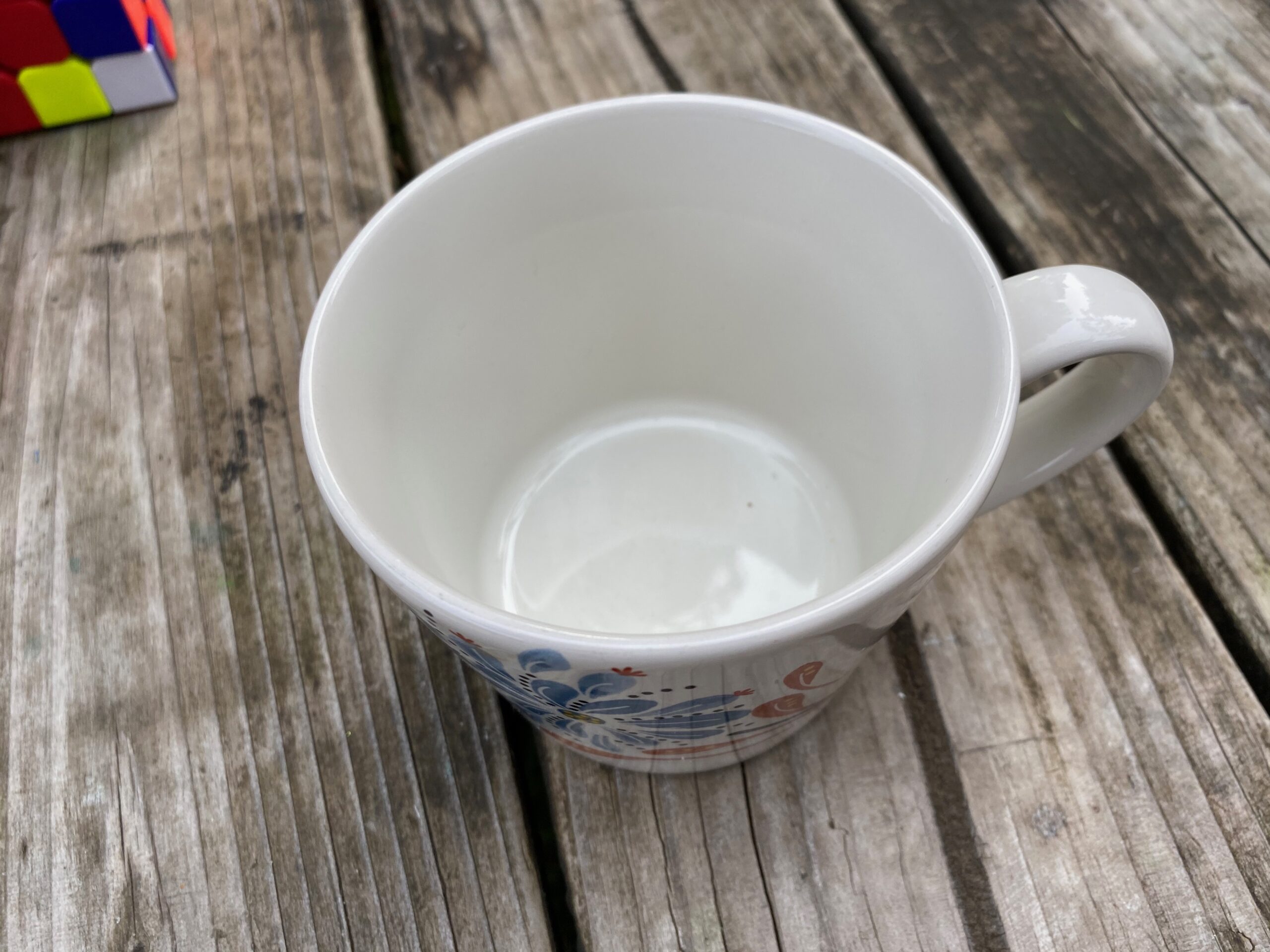
Never Miss an Important Article Again!
Join our Email List


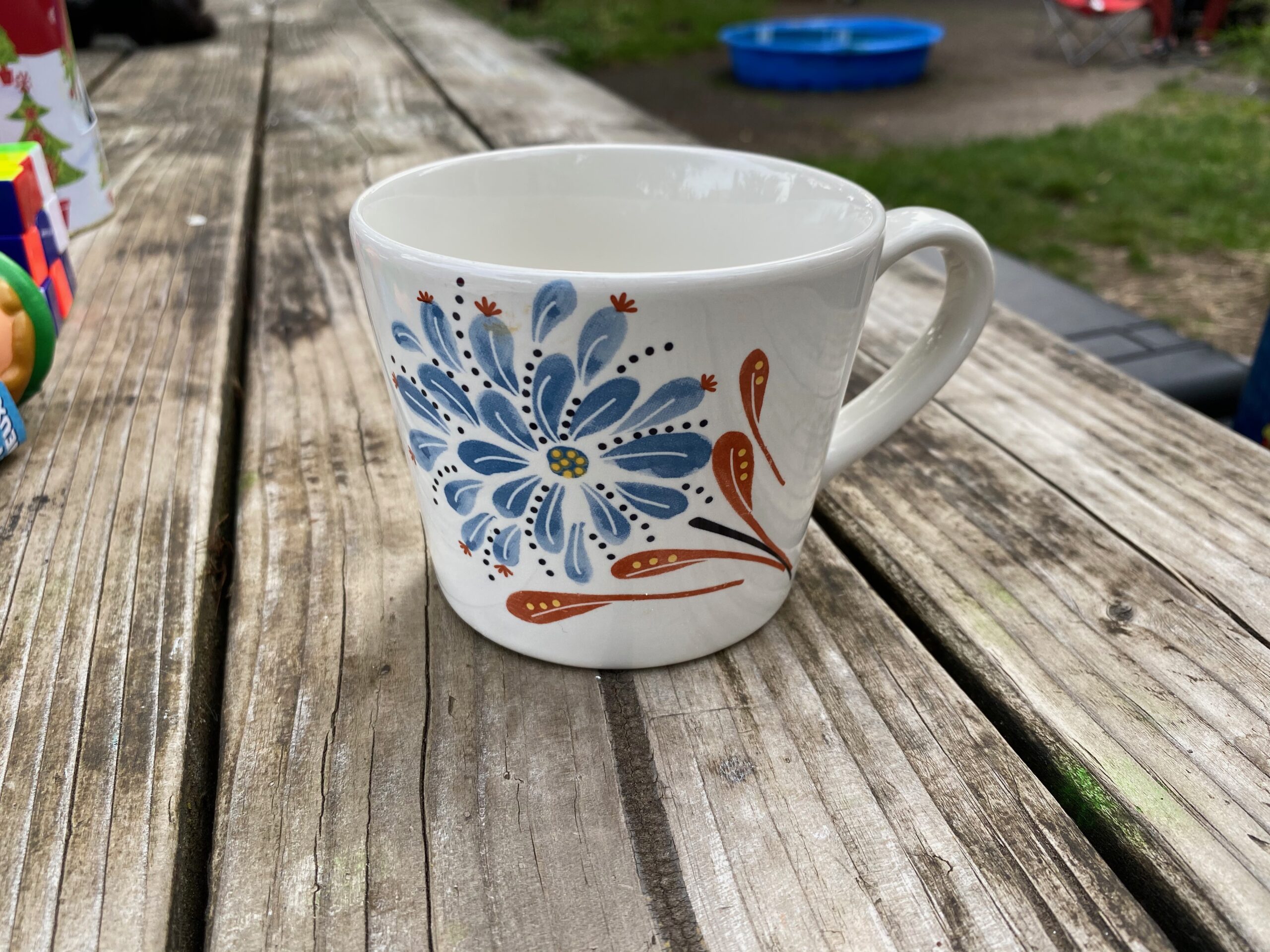
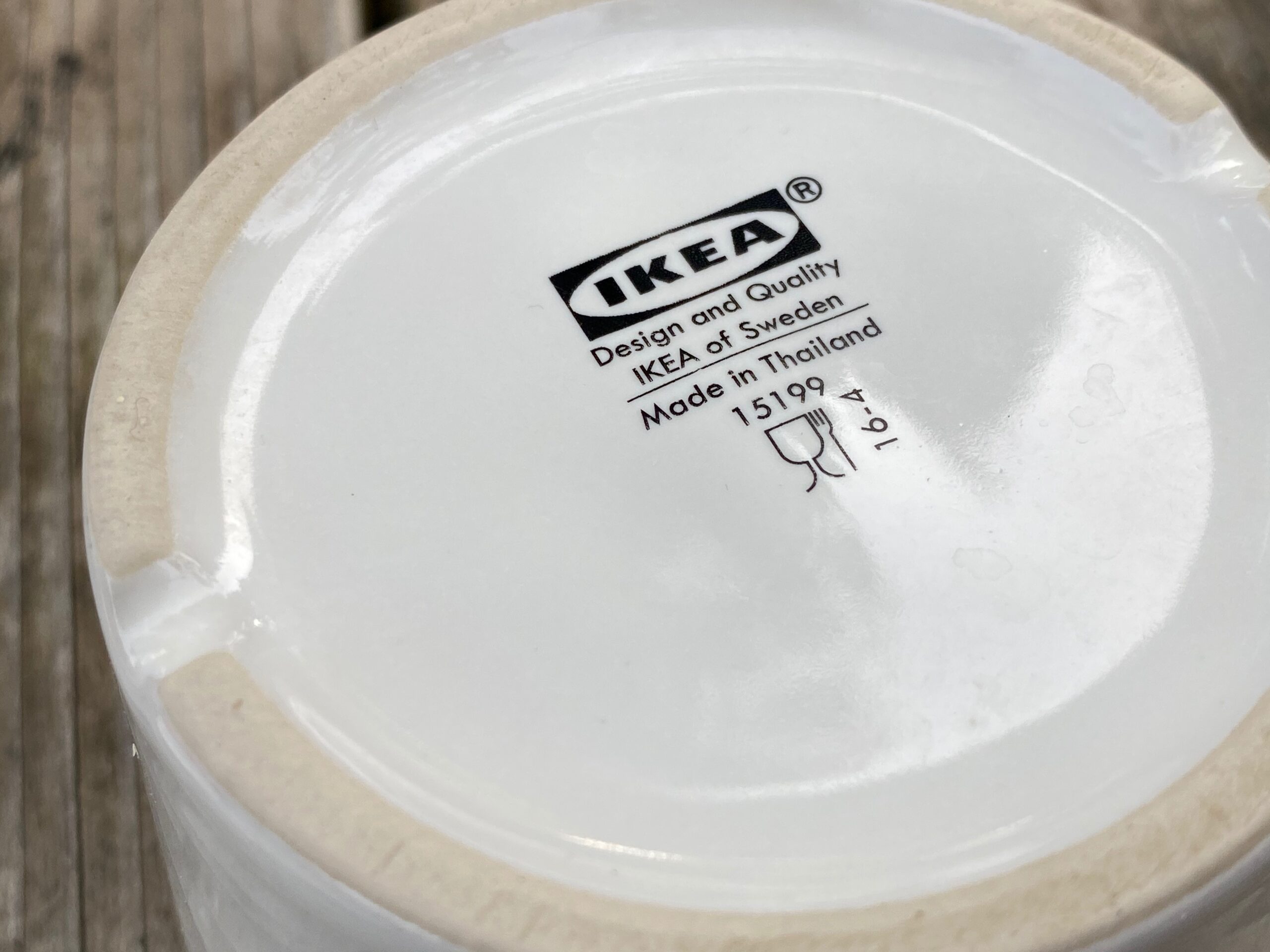 When tested with an XRF instrument this mug had the following readings:
When tested with an XRF instrument this mug had the following readings: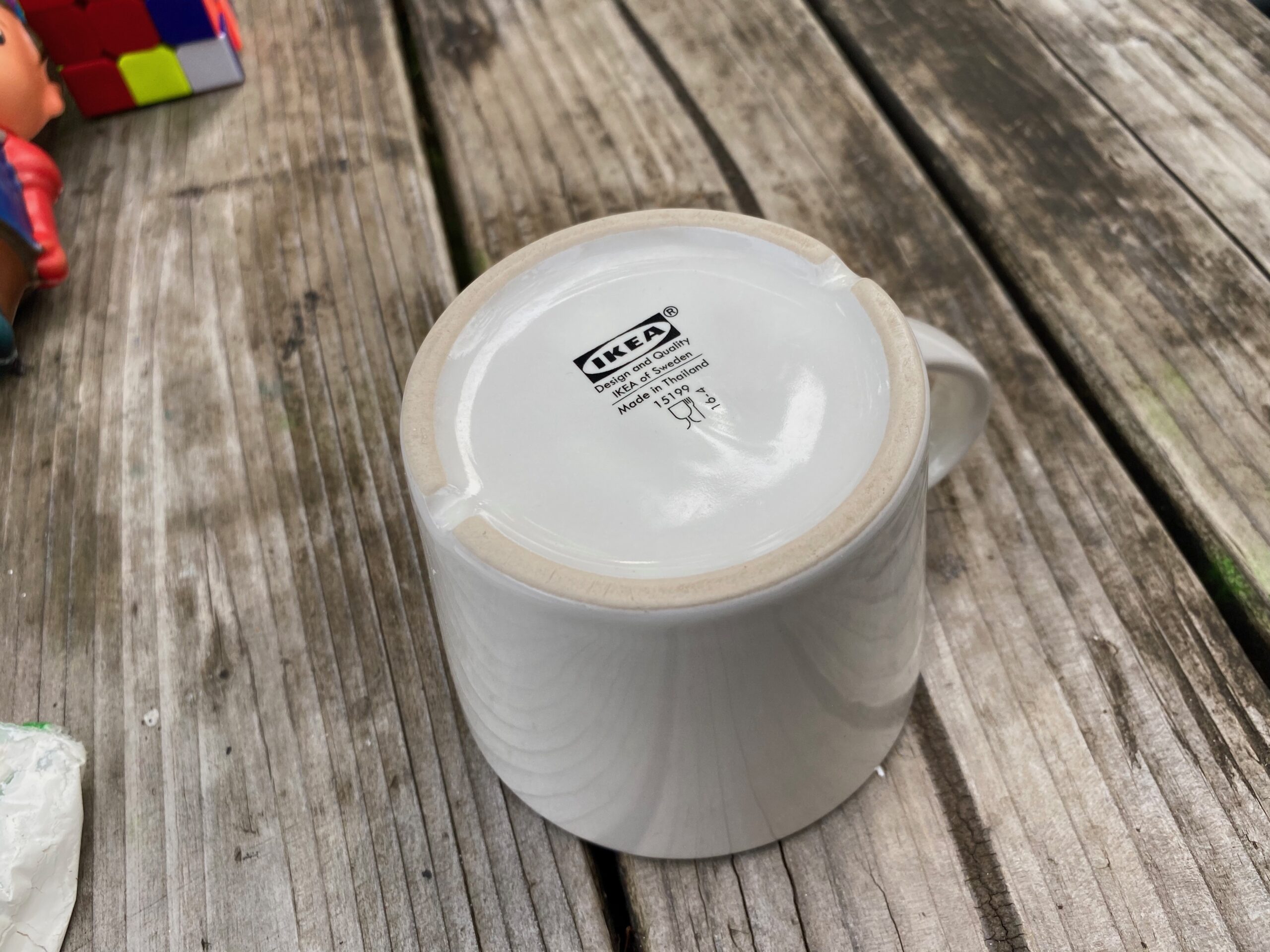

Does anyone know why heavy metals are used in paints on things like glass and ceramics? Especially now when it is known that they are toxic? Is it because the heavy metals help the paint to last longer on the surface? Just curious if anyone knows.
ı thought Ikea wa lead free after 2010.
Not their ceramics.
Lead-safe / non-leaching, but no longer Lead-free.
t